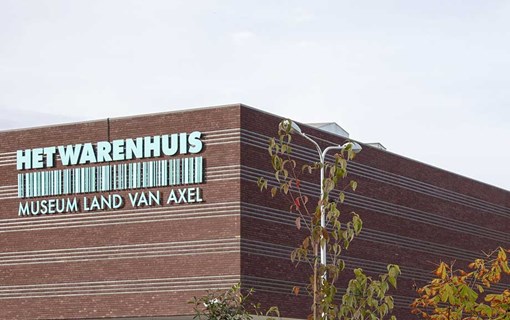
Lees meer...
Cultuur in Zeeland
Sitting by the waterfront. It is even more fun with a plate of food in front of you. What would be on it? Well, the waterfront. Oysters and lobster. Bottarga and Sea bass. Crab, Cockels and Mussels
A living history. One that you can smell, and eat. That is what you can experience at the oyster pits in Yerseke. The houses surrounding the stone basins date back from 1870 and are owned by the oyster farmers. The pits are seperated from each other by brickwork, and are all numbered. They are a restingplace for oysters that have just been harvest from the Grevelingen and the Oosterschelde. You can recognize the oyster plots from long sticks coming out of the waves.
When the oysters have rested in the pits, they get sorted. For ages, this has been done through sound, by ticking sofly on the oysters. The fatest oysters are placed in the most expensive baskets. Everything is done by hand, and with love. Hence the price. In Yerseke, this has been normal for centuries. The children in Yerseke even got swimming classes in the oyster pits.
Mussels and oysters, bolussen and babbelaars. These are the four products most people can think of when they think of Zeeland. But when it comes to regional products, there is a lot more to think, and taste of. Salty vegetables such as sea lavender. Black berries, kidney beans. And beer: Brewer Kees Bubberman from Middelburg belongs to the top 100 best brewers of the world. Fancy something else as a beverage? The wines of Wijnhoeve De Kleine Schorre can even be drunk at high altitudes, thanks to KLM. And do you know "knabbelspek"? Those are made in Thole, by a family business Wilthagen.
Two of the most beloved Dutch candies are made in Zeeland. The Zeeuwse babbelaars, but also the yellow Napoleon sour balls. Cream sweets are not unique for Zeeland, think of Haagse Hopjes. But the babblaars have grown due to beach tourism. Tourists love taking them home. Babbelaars used to be made on all farms, based on simple ingredients such as sugar, water, vinegar, and butter. In 1892, baker J. B. Diesch from Middelburg started a company devoted to babbelaars. The sour lemon balls have been invented in 1912 in Antwerp by baker Janssen. However, they are produced in Breskens.
The export in Zeeland is doing well when it comes to food. Even small business conribute. This because they usually have an irresistable story to it. Take the Ketchupfabriek in Graauw. A small place with only 900 inhibitants. Nonetheless, they have 3 very good restaurants. This passion for good food is typical for Zeeuws-Vlaanderen.
The ketchup that is produced in Graauw is being sold even in Belgium and Swiss. It is made and personally distributed by Patrick and Lineke Keizer, the only ketchup producers in the Netherlands. The ketchup has a shade of dark red and has an intense flavour. All thanks to the fresh red unions from the neighbor.